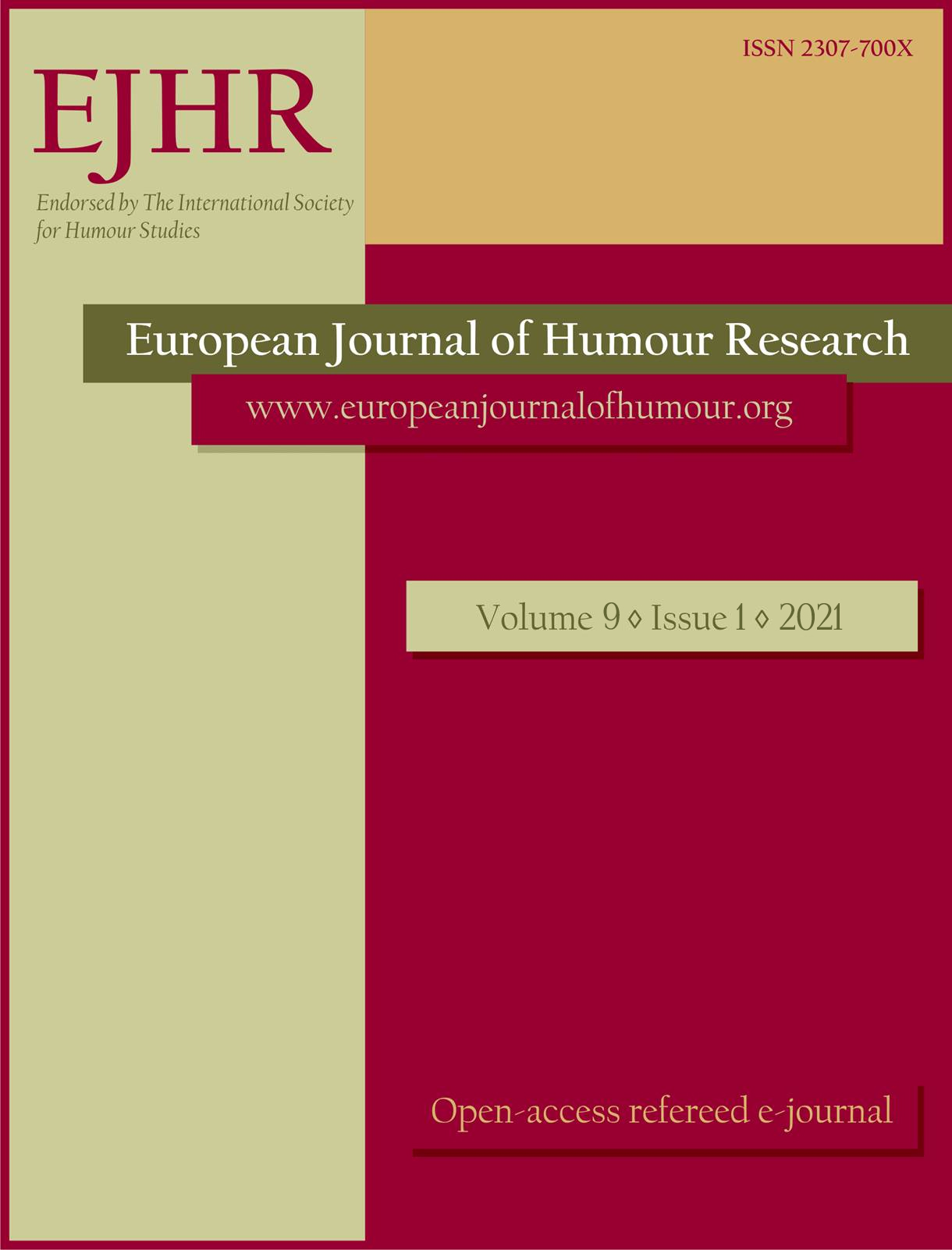Humour and satire in everyday life in 1920s Soviet society
Humour and satire in everyday life in 1920s Soviet society
Author(s): Galina Nikolaevna RyabovaSubject(s): Politics, Media studies, Eastern Slavic Languages, Theory of Communication
Published by: Krakowskie Towarzystwo Popularyzowania Wiedzy o Komunikacji Językowej Tertium
Keywords: humour; satire;Soviet everyday life;
Summary/Abstract: In the Soviet society of the 1920s, humour and satire existed on two levels: official and unofficial. They have rather diverse forms. At the official level, there were, first of all, satirical articles, humoresques, and cartoons in the newspapers. Newspapers were an integral part of Soviet everyday life. Secondly, there were the performances of propaganda teams (the «Blue Blouse» in particular). These performances took place at any venues: in working clubs and village halls, on the factory floors, in different offices. The repertoire of propaganda teams always included satirical couplets directed against «internal and external enemies». At the unofficial level, there were witty-ditties, funny couplets, and anecdotes. They have various contents: from everyday and romantic issues to political problems. Therefore, at this level humour and satire expressed a critical attitude to the government and popular protest. At each level, humour and satire had their own goals and fulfilled various functions: from ideological to relaxational.
Journal: The European Journal of Humour Research
- Issue Year: 9/2021
- Issue No: 1
- Page Range: 136-154
- Page Count: 19
- Language: English

